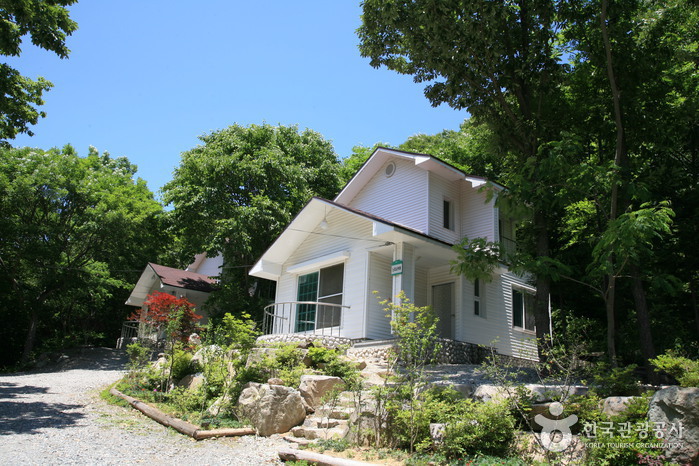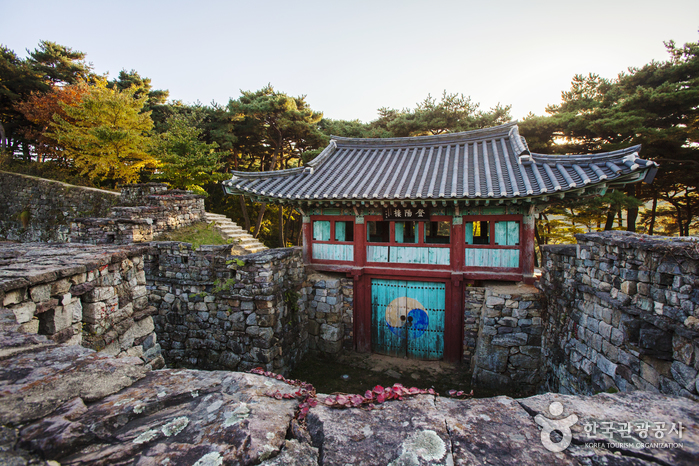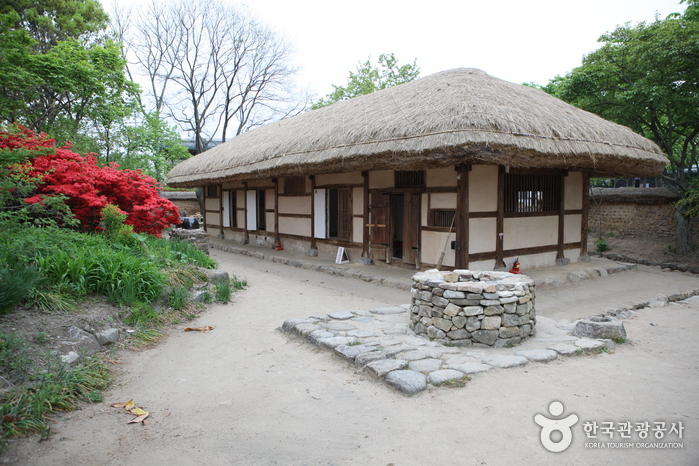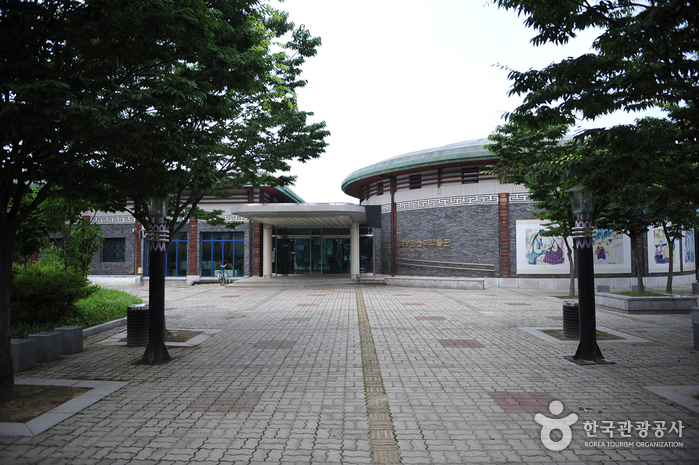Hoemunsan National Recreational Forest (국립 회문산자연휴양림)
19.8 Km 14580 2024-04-07
249, Ansim-gil, Sunchang-gun, Jeonbuk-do
+82-63-653-4779
Hoemunsan National Recreational Forest, located in Sunchang, Jeollabuk-do, opened in 1993 with a daily maximum limit of 500 people. There’s a waterfall next to the rock gate near the entrance of the forest and a suspension bridge further ahead. Above the suspension bridge is an observatory that provides visitors with a panoramic view of the area. The 5.5 kilometer path to the peak has various types of trees and flowers and also houses many different types of birds. The forest has many facilities including a water playground, exercise machines, volleyball court, pagoda, walking trails, and hiking trails.
Hoemunsan Mountain (회문산)
19.8 Km 9519 2024-04-07
249, Ansim-gil, Sunchang-gun, Jeonbuk-do
+82-63-653-4779
Hoemunsan Mountain (alt. 830 m) stands at the border of Imsil-gun, Sunchang-gun, and Jeongeup-si. It consists of three peaks — Hoemunbong, Janggunbong, and Gitdaebong Peaks — and stretches 8 kilometers from east to west and 5 kilometers from north to south. Because the Seomjingang River, flowing from Okjeongho Lake, surrounds Hoemunsan Mountain on two sides, the view from the peak is fascinating. There are many valleys popular for water play in the summer, drawing many visitors to the villages of Deokchi and Cheondam.
Gochangeupseong Walled Town (고창읍성)
19.8 Km 19995 2024-04-07
1, Moyangseong-ro, Gochang-gun, Jeonbuk-do
+82-63-560-8067
Gochangeupseong Walled Town was built in 1453 during th reign of Joseon King Danjong to protect the city from foreign invaders. The walls were built by the local civilians, using natural resources as they were available. Also called Moyangseong Fortress, the walled town served a vital role in protecting the southern region, and was designated Historic Site No. 145 on April 1, 1965. The walls are 4~6 meters high and 1,684 meters long, with three gates on the north, east, and west walls, each protected by curved walls. Inside the large area there were 22 government buildings. Restoration work on the wall has been ongoing since 1976.
Sin Jae-hyo's House (고창 신재효 고택)
19.8 Km 16260 2024-04-07
100, Dongni-ro, Gochang-gun, Jeonbuk-do
+82-63-560-2943
Sin Jae-hyo (1812-1884) was a legendary theorist, director, and sponsor of pansori (epic chant). Sin Jae-hyo's House in Gochang was built in 1850, and visitors can observe sarangchae (main room), an old well, and a paulownia tree preserved to this day. Sin was not a singer himself but a pansori enthusiast, and he used wealth to train potential singers and contribute to the growth of pansori. He also compiled and edited six pansori madangs (operas) titled Ttoggi Taryeong, Bak Taryeong, Simcheongga, Jeokbyeokga, Chunhyangga, and Garujigi Taryeong, of which only five are passed down. To honor his contributions and passion for pansori, Dongni Gugakdang was founded behind this house.
Gochang Pansori Museum (고창판소리박물관)
19.8 Km 10730 2024-04-06
100, Dongni-ro, Gochang-gun, Jeonbuk-do
+82-63-560-8061
The Gochang Pansori Museum was established in the old residence of ‘Dongni’ Sin Jae-Hyo (a musical theorist and arranger and a sponsor of Pansori) with the aim of honoring the great Pansori singers of the past (including Sin Jae-Hyo) and preserving and developing the indigenous tradition of Pansori. Of the original rooms of the residence only Sarangchae (an annex where men used to study or welcome guests) has been renovated and is open to the public. Right next to Sarangchae is the Dongni Gugakdang (Korean Traditional Music Hall).
Over 1,000 pieces related to Pansori and great local singers are on display at the museum, included personal possessions once owned by Sin Jae-Hyo (penname ‘Dongni’). For those interested in learning more about the traditional art of Pansori music or experiencing high-quality Pansori, the Gochang Pansori Museum is a must-visit travel destination.





 English
English
 한국어
한국어 日本語
日本語 中文(简体)
中文(简体) Deutsch
Deutsch Français
Français Español
Español Русский
Русский